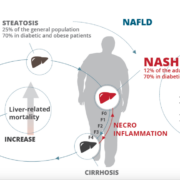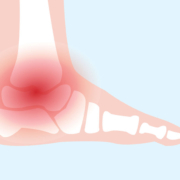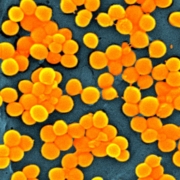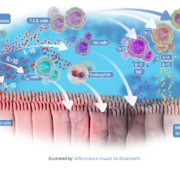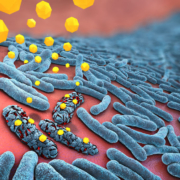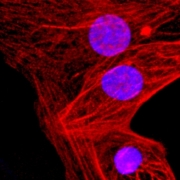French Genfit SA has registered at SEC for an Nasdaq IPO of ADS in conjunction with private placements in Europe and the US.
ADVERTISEMENT
Researchers from the UK and the US have prevented tendon injury and degeneration by simply blocking a key signalling pathway in inflammation.
University Zurich spin-off Anaveon AG announced it will proceeds from its financing round to push development of its preclinical IL-2-receptor agonist.
The global antibacterial innovation network CARB-X has expanded its reach by adding six new life-science organisations to its fight against antimicrobial resistance (AMR).
Swiss pharma giant Roche has complemented its drug pipeline in the lucrative hemophilia A market by taking over hemophilia A gene therapy developer Spark Therapeutics for US$4.3bn.
Sodium chloride can promote immune responses that have been linked to atopic dermatitis. Researchers have now unraveled the mechanistic details between salt intake and activation of T cells.
Dutch autoimmunity specialist Calypso Biotech BV has raised €20m in a Series A financing co-led by Gilde Healthcare and Inkef Capital and co-financed by Johnson & Johnson Innovation – JJDC, Inc. (JJDC), and the company’s seed investor M Ventures.
Evotec AG and the Helmholtz Centre for Infection Research (HZI) have joined platforms in order to find novel resistance-breaking antibiotics against Gram-negative bugs.
Researchers for the first time have found a way to prevent immune rejection of allogenic iPSC-derived cell and tissue transplants.
Swiss newco Arvelle Therapeutics has baged a $180m (€159.1m) series A financing led by LSP. The company licenced the anti-epileptic candidate cenobamate (YKP3089) for $100m (€88.4m) upfront from SK Biopharmaceuticals.


